In 2014, Hearing Economics started a conversation about Hearables that rambled on for 14-post series. It left off December 2015 with a survey of the Hearables that had come on the market (few and only monaural at that point) and exciting ones on the drawing board scheduled for 2016 delivery. A lot has happened since then, most of it covered in HHTM’s Hearing News section as it happens. The following summarizes some of the highlights and developments seen so far in 2016.
Didn’t Take Long to Bake That Potato
Hearables was a new word in search of definition less than two years ago. Functional definitions, such as this one from Hearing Economics, were fleshed out based on potential in the absence of actual product:
Hearables are a disruptive innovation in the best Supply Side manner. They have the potential to bring augmented reality, content, and multitasking to wearers by naturally integrating new technology into existing forms of ear-level devices. Categorical assignments of form will give way to function as emerging technology uses ear-level real estate for different applications by different industries and providers. (ital added)
In 2016, a Google search on “Hearables” yields almost 100K results. Hearables has a definition on its own Wikipedia page:
Hearables or Smart headphones are technically advanced, electronic in-ear-devices designed for multiple purposes ranging from wireless transmission to communication objectives, medical monitoring and fitness tracking. Hearables are therefore a manifestation of the concept of ubiquitous computing and can as such also be utilized as means for providing augmented reality applications. (ital added)
Efforts to organize the new Hearable universe are manifest in new, comprehensive, categorical lists from several sources. Here are two excellent resources, both working hard to keep up and make sense of the many sprouts popping up on the Hearable hot potato1:
- Hearables – The Complete List for 2016, (Hearable.World)
- The Complete Guide to Hearable Technology in 2016 (everydayhearing.com)
What follows is not intended to compete with the Herculean efforts of those comprehensive Hearables lists. Rather, tables in this and the next post are organized through steps of exclusion, winnowing down to basic maps that may prove of use to providers and consumers trying to navigate the thickets of device availability; functionality; form and fit; stop and starts; marketing visions; and future possibilities.
Not Such Hot Potatoes
The Nanoplug was a flash in the 2015 pan. Other Hearables flashed briefly and seemingly fell off the screen in 2016. Based on looks (first column, Table 1), their departure isn’t a great loss to the Hearable movement.
|
Manufacturer/ Device/Look |
Price/Consumer Ratings |
Functions |
Status |
|
Misfit Specter magnetic earbud |
TBA |
1. music 2. sleep 3. fitness 4. voice control |
|
|
$249/pair
|
1. heart rate 2. fitness 3. phone 4. music |
|
|
|
Samsung Earcle |
TBA |
1. phone 2. music 3. PSAP |
|
Including Samsung’s stealth PSAP in Table 1 may be premature but there’s no denying that the Earcle project has gone to ground one way or the other since the filing in late 2015. Gina Smith, the consultant who broke the story, speculated back then that the Earcle could be a red herring:
It’s possible, of course, that Samsung has abandoned or altered these plans in favor of the prescription-only Samsung Bluetooth Hearing Aid that is detailed in its Dec. 2015 Bluetooth SIG applications. We are awaiting Samsung comment.
You Say Potato, I Say Potahto
Arguably, all devices that work with the ear are Hearables, including hearing aids, PSAPs, earphones. Each has a place in hearing healthcare or ear level electronic communications, but lumping them all together is too big a bushel for discussion or meaningful selection for most of us. Adhering to the definitions above, the winnowing starts by categorizing first by form, then by function, excluding devices or concepts that 1) aren’t really wireless, 2) aren’t Smart, and/or 3) aren’t binaural.
Hearables that Aren’t Wire-less
Basically, if there’s a wire attached anywhere, it’s off the list at this point. The jury is back and the future is clear: no connecting wires because people don’t like them, especially when using in ear devices to monitor activity during strenuous exercise. Table 2 gives examples and explanations for the first cut:
|
Manufacturer/ Device/Look |
Price/Consumer Ratings |
Functions |
Negatives (click links for full reviews and positives) |
|
Plantronics Backbeat Go 3 Wireless Earbuds |
$99.99 + $30 for charging carry pouch at Amazon |
1. phone 2. music 3. voice assistant 4. inline VC |
PC magazine : “Hasn’t kept up with today’s in-ear wireless options”; lackluster bass; fit isn’t particularly secure” Android police : “Not completely wireless; “The market of wireless Bluetooth earbuds with this design idea is more than saturated.” |
|
About $26 on Amazon |
1. Heart Rate 2. Fitness 3. Phone 4. Music |
Wareable: “aren’t the magic bullet; not the most inspiring earbuds of all time” |
|
|
Bose Soundsport wireless headphones
|
$149.95/pair at Amazon |
1. Phone 2. Music 3. on/off feature preserve battery life 4. VC & multifunction buttons 5. in-line remote control & mic 6. Bose app (iOS and Android) |
cnet: Very comfortable, sounds great, “fit securely”. Updating design “after a small % of… units experienced problems with heavy sweat.” pcmag: thunderous bass, crisp highs, easy pairing. soundguys: bulky but secure; “sound is, “better than most fitness earphones” |
Hearables That Aren’t Smart
The next cut, based on the Wikipedia definition of Hearables, is Bluetooth. If the device doesn’t communicate wirelessly, it’s not included in the rest of this discussion. That leaves out a number of PSAPs and hearing aids that have been covered as Hearables previously in this series, some of which have superior reviews for sound processing compared to other Hearables (e.g., Bean QSA) and good aesthetics too.
The point is that “Smart” is an unfortunate label that has more to do with earphones than hearing aids in the present art. Being “Smart” may not be what you need if your main problem is hearing difficulty, especially for music or in some noise situations. And being “Smart” doesn’t mean that it looks as good as some non-Smart devices. Cleaving to the definition, however, here are a few Hearable-looking hearing aids that aren’t Smart but came out this year.
|
Manufacturer/ Device/Look |
Price/Fulfillment/Ratings |
Functions |
|
$299/ea; $598/pair $99 “Essentials Kit” $49 in home hearing test $99 1 year professional support ships in 4-6 weeks |
1. sound amplification 2. WDRC 3. noise suppression 4. In-home hearing test |
|
Eargo |
about $2000/pair see reviews at HearingTracker.com “Demand exceeded expectations. Join the list.” (Eargo website store)
|
1. sound amplification 2. noise reduction 3. rechargeable battery (can’t be replaced) |
Hearables that Aren’t Binaural
Binaural isn’t specified in the definitions, but audiologists and audiophiles know that it’s essential for many listening situations. At the same time, parsing all monaural devices leaves out most hearing aids and probably all PSAPs. That’s OK for purposes of constructing these Hearables tables because most hearing aids and PSAPs are single-purpose devices, tailored (even prescibed) for individual fittings to mitigate complaints of hearing difficulty in one or both ears.
Back to the Wikipedia definition of Hearables as multiple purpose devices that augment reality via computation and you can see the rationale for requiring that new generation Hearables not only communicate wirelessly with other devices but also communicate ear to ear. If you accept that rationale, then binaural is a reasonable requirement for most wearers. Here are a few Hearables that are wireless and Smart but not binaural. Note that only one is on the market at the time of writing.
|
Manufacturer/ Device/Look |
Price/Consumer Ratings |
Functions |
Moto Hint + |
$99-129.99 with chargeable case
|
1. phone 2. voice controlled 3. personal assistant 4. noise & wind cancellation |
| Sony Xperia Ear  |
TBA new release date Nov 2016 |
1. phone 2. “Virtual personal assistant” 3. Voice and intuitive motion control 4. proximity sensor to improve battery life |
Dude, Stay Tuned for The Really Hot Potatoes
Next post in this series will feature the pared down list of Hearables that are wireless, Smart, binaural and either available now or (supposedly) coming soon. Stay tuned. And, as a side bar, why does almost every Hearable image feature a dude with a hipster beard? What’s up with that?
updated October 10, 2016
Footnotes and References
1If you have or know of a list that deserves mention, please send it in and we’ll update this post.
This is the 15th post in the Hearable series. Click here for post 1, post 2, post 3, post 4, post 5, post 6, post 7, post 8, post 9, post 10,post 11, post 12, post 13 , post 14.
feature image from The Escapist



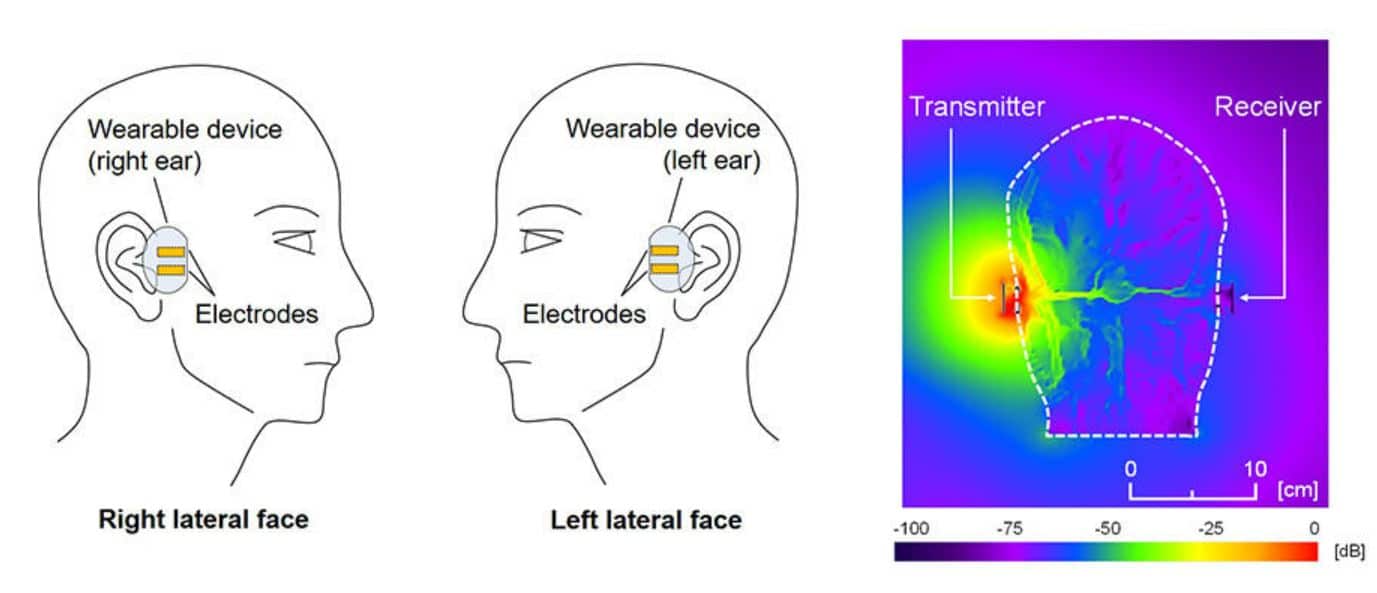

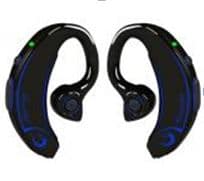
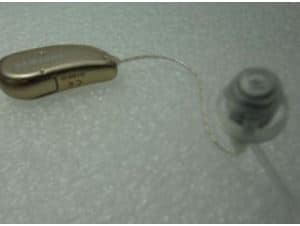
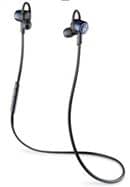

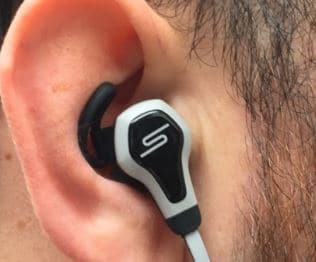

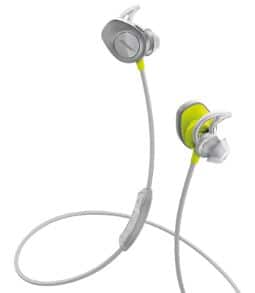
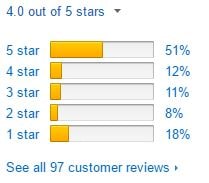
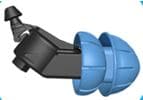
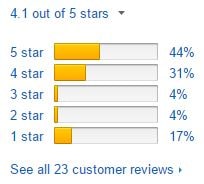



Thanks for quoting. I back-linked to this article for its nicely laid out market overview. Please check my categorisation work of hearables. It’s an INFOGRAPHIC at https://hearable.world/all-about-hearables
Best,
Tom